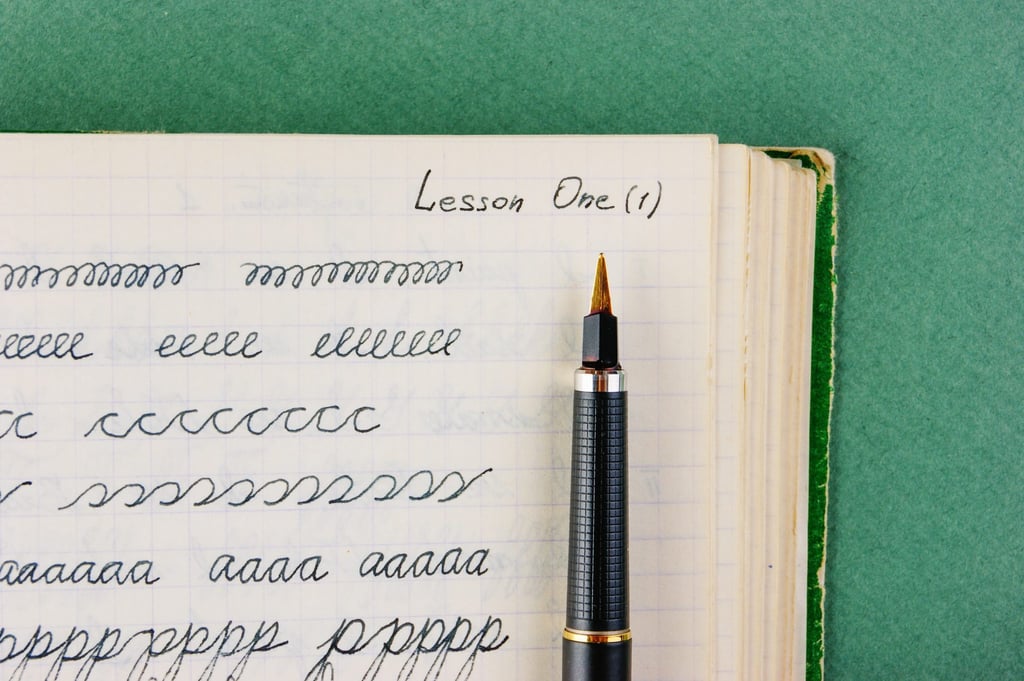Are you an old-fashioned hand writer, choosing this over the convenience of the keyboard? Would you rather write lists on a sheet of paper, than placing your reminders on your smartphone? Does letter writing -- whether giving or receiving, make you happy? If you answered yes to any or all of the above, then congratulations, you have been training your brain properly.
While there have been proposals for schools to remove teaching cursive writing to children, as seen in several articles such as this one where the subject has been pulled out of the Common Core Curriculum Standards, psychologists and neuroscientists have pointed out the benefits of learning (and continuing) to write by hand.
Here are eight reasons why handwriting is an Essential Brain Exercise:
1. Handwriting activates a unique neural circuit, which makes learning easier.
Cognitive psychologist Dr. Stanislas Dehaene from the College de France says the handwritten word stimulates our brain.
2. More ideas are expressed when one writes by hand.
3. Cursive writing may be a path to treating dyslexia.
Cursive writing aids in preventing the reversal and inversion of letters, a common dyslexic occurrence, seen in this New York Times article by Maria Konnikova, pointing to a 2012 study by Dr. Diane Montgomery of the UK's Middlesex University.
4. Note taking among college students is a good memory booster.
Handwriting as it helps them better understand concepts and facts, versus typing on a keyboard where information is not properly retained. Lizette Borreli writes more about these studies in Medical Daily.
5. Writing by hand strengthens the learning process thereby producing a healthier mind, while typing produces "mindless processing."
6. Handwriting is a key step in cognitive development.
This is especially acknowledged by schools in France where cursive writing is first taught to students in primary school.
7. Writing by hand -- and even going beyond that -- sketching, drawing, doodling, is a necessary mode of human connection.
It is probably the "most beautiful manifestation in human relations." Liza Kirwin in her book, "More than Words," currently being shown at the Smithsonian Archive of American Art, shows various writers and artists give a glimpse of the beauty of handwriting and hand-drawn work.
8. Handwriting entails movement, from the holding of the pen to the touching of the paper to create letters; thus is considered a good sensory motor exercise.
A study entitled Digitizing Literacy: the Haptics of Handwriting revealed that in handwriting, the brain receives feedback from a person's motor actions which helps establish a connection between reading and writing.
Writing by hand is considered a skill since it involves a perceptual component and handling of some technical tool (pen, pencil, paper) resulting in something visual; it is also a personalized representation of ourselves. We write reminders, notes, lectures, articles, letters, love letters, Christmas, Valentine's, birthday cards, or just scribble a grocery list or sign on our checks. But whatever type of handwriting we do, whenever we do so, we are giving ourselves the gift of brain training and brain exercise. In this digitized world, there is nothing wrong with keeping the tradition of handwriting, because behind your signature, is your soul.







Leave a Comment